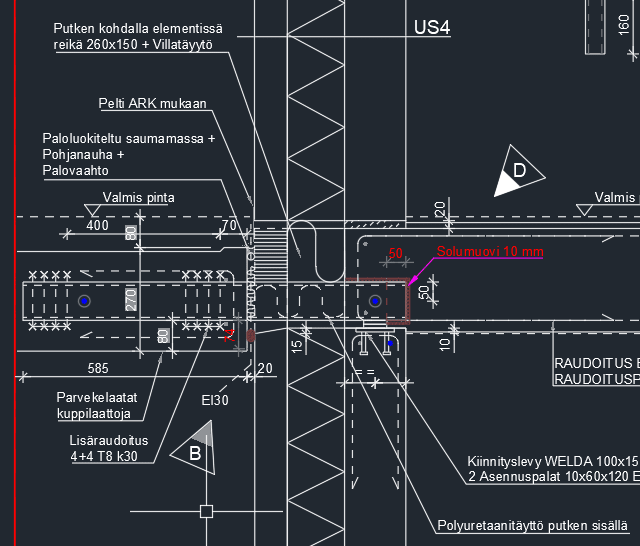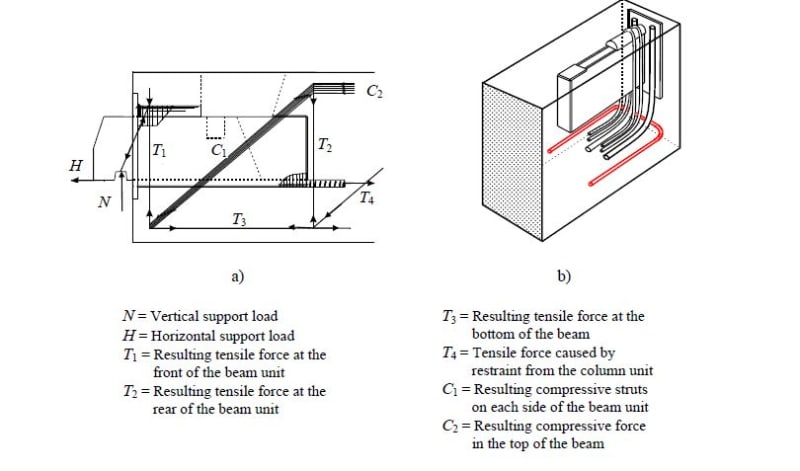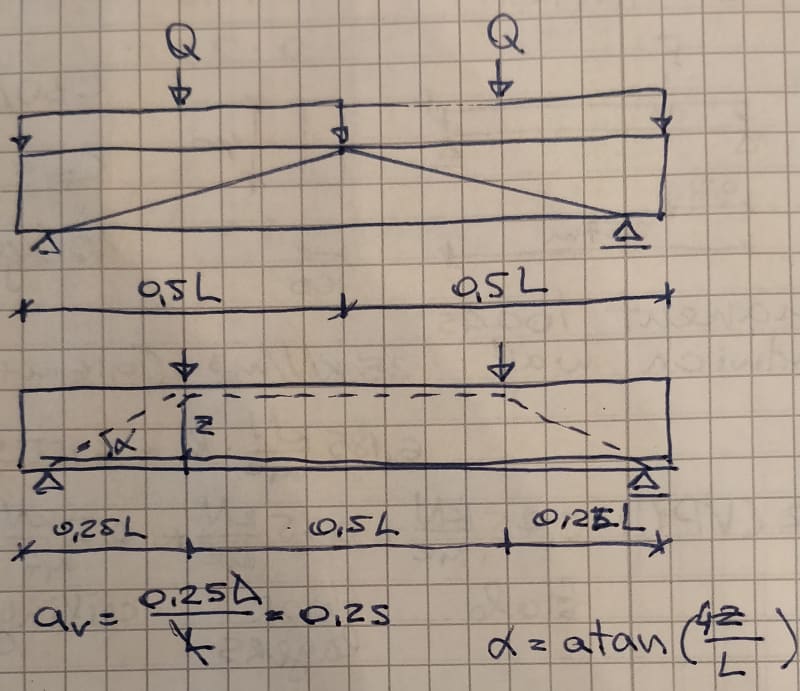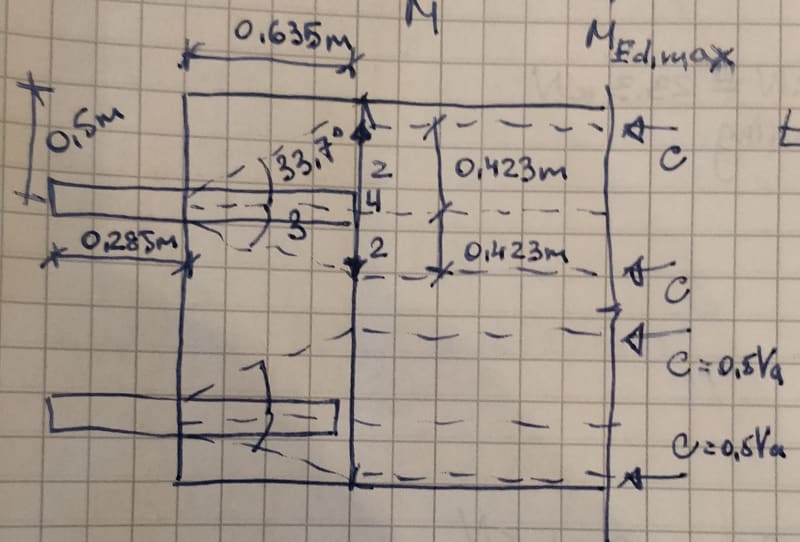user277418
Structural
Hi
Have the wildly used detail in the country where I am working. This is stainless steel tube embedded into the concrete slab. The slab is one-way simply supported. Usually couple of those tubes holding end of the slab.

No scientific works related to behavior of the connection are here in the country. So it was calculated solely analytically. But it is used many years approx. in every second residential multi-storey building and no major issues were reported. Have anyone met any scientific works related to something like that? Any documents about embeds in relatively narrow concrete elements that designed to work for out-of-plane forces will be fine too.
Best regards
Have the wildly used detail in the country where I am working. This is stainless steel tube embedded into the concrete slab. The slab is one-way simply supported. Usually couple of those tubes holding end of the slab.

No scientific works related to behavior of the connection are here in the country. So it was calculated solely analytically. But it is used many years approx. in every second residential multi-storey building and no major issues were reported. Have anyone met any scientific works related to something like that? Any documents about embeds in relatively narrow concrete elements that designed to work for out-of-plane forces will be fine too.
Best regards






